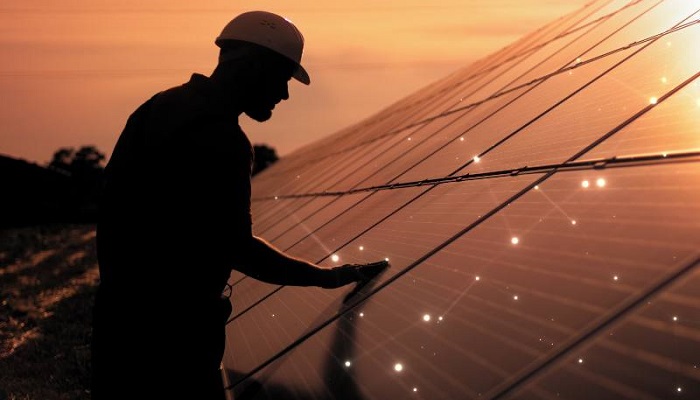As per the European Commission’s evaluation of the rivalry of clean energy technologies, although they continue to be very cost-competitive, their market shares happen to be declining.
As per the report, even though there are positive developments like 50% increase in the execution of solar and wind power in the EU in 2022 vis-à-vis 2021, there is a growing reliance on imports from third countries for numerous aspects of clean energy technologies, ranging from raw materials to crucial intermediate components.
China currently holds more than 60% of the world’s manufacturing capacity when it comes to prominent value chain segments like batteries and solar. Additionally, more than 90% of the capacity for producing wafers as well as ingots required for solar photovoltaic systems also happens to be based out of China.
The progress report, which happens to be a part of the 2023 State of the Energy Union assessment, highlights numerous key actions taken by the EU in order to reduce dependence on imported net zero tech as well as strengthen domestic manufacturing. These actions include the execution of the Green Deal Industrial Plan, the Net-Zero Industry Act, along with the Critical Raw Materials Act.
Skills continue to be a concern and could hinder the growth of the sector, according to the report. It highlights that nearly 80% of small and medium-sized companies have reported challenges in finding workers who have appropriate skills in 2023.
In addition, it is crucial to design a successful research and innovation pathway for a competitive clean energy industry. Clearly defining national targets for 2030 and 2050 happens to be an essential component of this.
Another indicator to consider is venture capital investments. In 2022, venture capital investments saw a significant increase of 42% compared to 2021. However, it is worth noting that the EU has not yet fully tapped into its potential to attract high-growth deals, with the exception of the battery sector. This stands in contrast to the United States and China, which have successfully unlocked their capacity to attract such deals.
Clean energy technologies
The report emphasises the importance of scaling up manufacturing plants and focusing on innovative products and advanced, sustainable manufacturing processes for solar PV technology.
In order to enhance the competitiveness of solar thermal, it is crucial to focus on innovative solutions and ongoing technological advancements.
Despite a decrease in market share from 42% in 2019 to 30% in 2022, the wind sector continues to thrive. The implementation of a new wind action plan is expected to facilitate the permitting process, enhance auction systems throughout the European Union, and bolster supply chains.
Investors in the ocean energy technology sector require reassurance, whereas the geothermal sector requires both increased access to underground data and advancements in technology.
The report highlights the growing appeal of the European market for high-voltage direct current system developers and technology providers due to the increasing demand for grid development and integration of renewable technologies.
Nevertheless, the sector must confront obstacles such as increased worldwide demand for parts and the potential for disruptions in the supply chain. Enhancing collaboration among stakeholders and promoting harmonisation and standardisation are crucial factors for fostering investment in production capacity by EU suppliers.
According to the report, the EU is projected to meet the anticipated demand for batteries in both 2025 and 2030. The total number of announced lithium-ion gigafactories has increased from 26 to 30 in 2022, and this upward trend is expected to continue. Additionally, there is a growing pace of construction for battery factories throughout Europe.
The area that requires the largest relative increase in order to achieve the 2030 target is recycling.
The market for individual heat pumps in the EU is experiencing significant growth, with estimates suggesting a 41% increase in sales in 2022. In 2021, it was estimated that EU production capacity could meet 75% of the demand for individual hydronic heat pumps. However, manufacturers still rely on imports for certain components, like compressors and synthetic refrigerants.
A plan of action is currently being developed to expedite the implementation of heat pumps.
The investments in the EU for producing renewable hydrogen through water electrolysis have created opportunities for multiple manufacturers to establish new electrolyser factories in Europe. However, there are challenges associated with increasing the use of renewable energy to power these electrolysers while also mitigating any negative impacts on freshwater availability.
Carbon capture and storage technologies have reached a mature stage and are readily available in the EU. However, in order to achieve climate neutrality by 2050, it is crucial to implement these technologies on a large scale. To attract private capital, public funding will be necessary. Additionally, the development of effective business models will be crucial for the success of this emerging market.





































